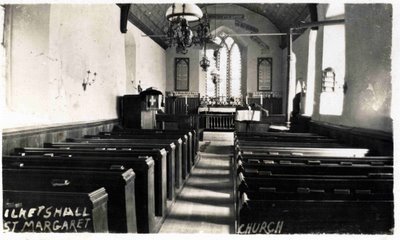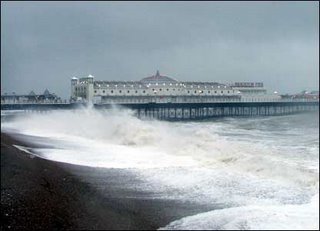I had already decided that the theme of this posting was going to be about the lack of heating in our ancient rural churches before I read my colleague’s blog about the loss of his central heating in his clerical abode on Long Island. He makes the point about how we are now so used to living in heated homes that a loss such as this is seen as a crisis by some. Well, they should try coming over to the “old country” and worshipping in the churches in this Benefice.
In the two churches where I celebrated the Eucharist this morning, the breath from the sparse congregation plumed out of their mouths like smoke as they sang the hymns. One, having removed its ineffective bar heaters high on the nave walls, has just underpew heaters, and in the other the boiler has broken down and there are only ancient heaters under six or so pews.
I suggested that people brought blankets or hot-water bottles with them, but “We couldn’t do that” was the general response. My reply was “Why not?” If you know it’s going to be cold then why not prepare for it? It wouldn’t bother me if people sat there wrapped up if they were warm. How on earth did our worshipping forefathers manage in the “Little Ice-age” of the 18th century? There may have been stoves in some of the churches, and this old photograph of the church at Ilketshall St. Margaret shows such a contraption with the chimney going out of one of the south windows. But equally, some of the churches would have been without any sort of heating, yet the congregations (and clergy) survived.

It seems that we’re breeding church-goers who expect these ancient buildings to have the same level of warmth and comfort as their hothouse double-glazed hermetically-sealed homes. I think they're going to remain very disappointed ..... but, as my clerical comrade-in-arms says, probably much more healthy.












